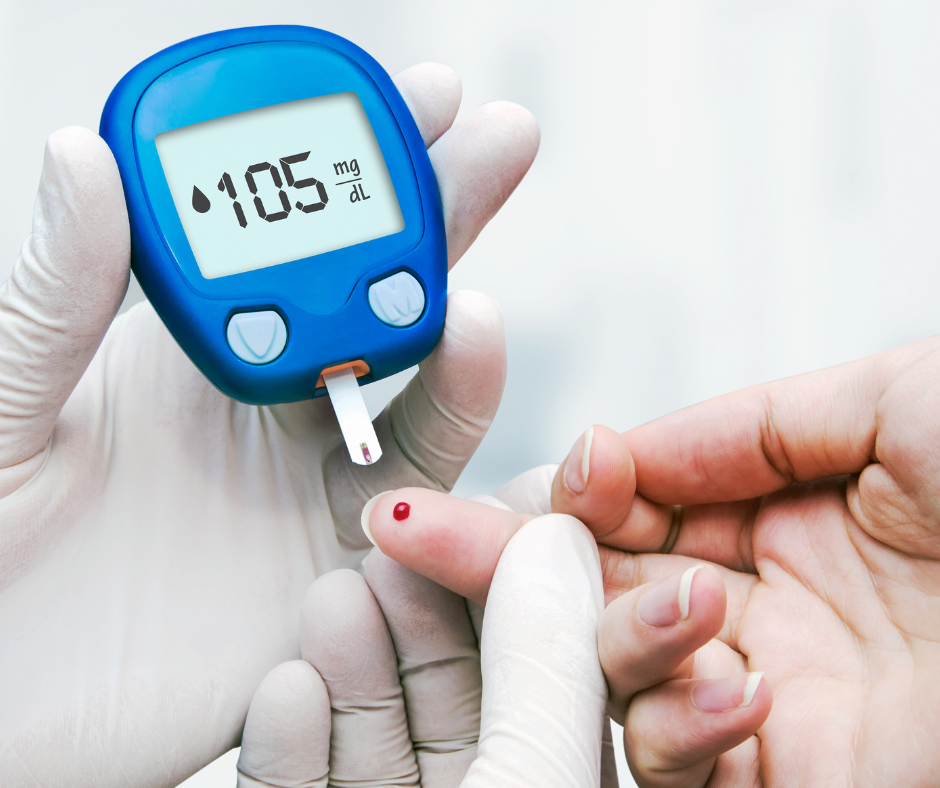Providing routine foot care for diabetic patients is a crucial aspect of podiatry, but navigating the billing complexities can be a challenge. One example? Proper use of G codes and Q modifiers, both of which are essential for ensuring accurate reimbursement and avoiding claim denials.
In this post, the team at A Step Above Health Management will break down the key elements of G and Q modifiers and help you stay ahead of potential issues that could slow down or complicate your practice.
Understanding G Codes for Routine Foot Care
Medicare uses specific G codes to identify routine foot care services for diabetic patients. The most common among them include:
- G0245: Initial physician evaluation to determine the need for routine foot care. This is generally a one-time code. The date of this visit will determine when the patient is eligible for routine foot care.
- G0246: Routine foot care, including care of nails, calluses, and corns, for a patient with a qualifying systemic condition. This code can be used for every visit where routine foot care is performed. The frequency of visits is generally every 61 days.
- G0247: Debridement of mycotic nails when performed on a patient who qualifies for routine foot care. This would be in addition to G0246!
Q Modifiers: Indicating Risk and Qualifying Conditions
Q modifiers are appended to the G codes to provide further information about the patient’s condition and risk factors.
- Q7: One Class A finding. For example, non-traumatic amputation of a digit or the foot.
- Q8: Two Class B findings. Examples include absent posterior tibial pulse, absent dorsalis pedis pulse, advanced trophic changes.
- Q9: One Class B and two Class C findings. Examples of class C findings include edema, burning, or temperature changes.
Class A, B, and C Findings These are specific clinical findings documented during the patient exam and are used, along with Q modifiers, to support the medical necessity of routine foot care for diabetic patients under Medicare guidelines.
- Class A Findings: Nontraumatic amputation of the foot or integral skeletal portion thereof
- Class B Findings:
- Absent posterior tibial pulse
- Advanced trophic changes, such as:
- Hair growth (decreased or absent)
- Nail changes (thickening)
- Pigmentary changes (discoloration)
- Skin texture (thin, shiny)
- Skin color (rubor or redness)
- Class C Findings:
- Edema
- Burning
- Temperature changes (e.g., cold feet)
- Paresthesia (abnormal spontaneous sensations in the feet)
- Numbness
Documentation: The Foundation of Successful Billing
Meticulous documentation is crucial. Your notes should clearly demonstrate the medical necessity of routine foot care and support the use of the chosen G code and Q modifier.
Document the following:
- Qualifying Systemic Condition: Clearly state the patient’s diagnosis (e.g., diabetes mellitus with peripheral neuropathy).
- Class Findings: Document the specific Class A, B, or C findings observed during the exam.
- Loss of Protective Sensation (LOPS): Results of monofilament testing.
- Vascular Status: Presence or absence of pulses, trophic changes, etc.
- Date of the last routine foot care visit.
It’s easy for errors to pop up, but it’s also fairly straightforward to seek help and prevent problems. If any of the information above raises further questions or you’re unsure of how to use it, be sure to give us a call.
We can help you avoid billing errors. A Step Above Health Management provides specialized podiatric medical billing services to clients nationwide. Let our firm provide your practice with a plan customized to manage all your billing needs. Please call us at (877) 448-6233 to learn how our solution can save you money and help streamline your billing process.
